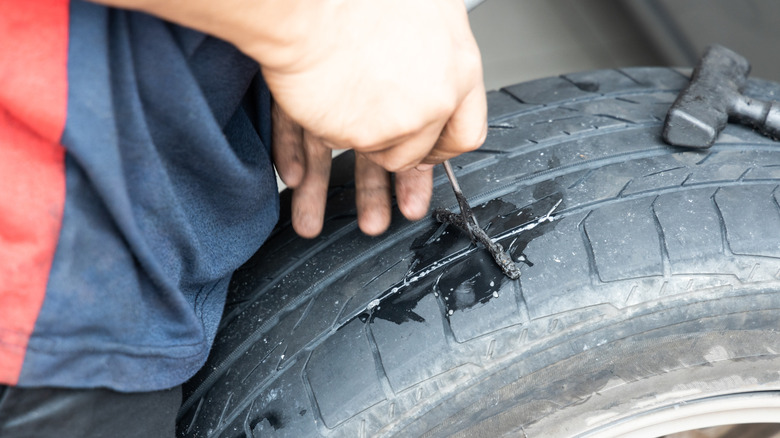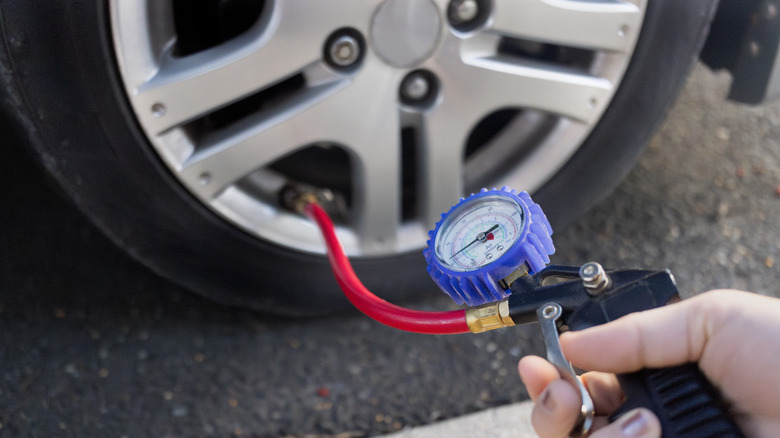I consider tire punctures a rite of passage in driving cars. Flat tires are a nuisance, yet are part of the driving experience. It won’t matter how careful you drive, since nails, screws, and other road debris will find ways to puncture tires every once in a while. Tire patches are my go-to recourse in fixing a flat tire, but tire plugs are a worthy alternative if you don’t have the tools and knowledge to take the wheel off the rim and patch up the damage.
Advertisement
The cars I’ve owned have had their share of tire patches and tire plugs when fixing flats. Patches can last the tire’s life when done right; the same adage applies to tire plugs. However, the longevity of a tire plug will ultimately depend on factors like the location of the hole, vehicle usage, the type or brand of tire plug, the age of the tire (or the thickness of the remaining treads), and how the plug was inserted, sealed, and trimmed.
In other words, tire plugs can effectively seal holes and keep you on the road, but there’s no 100% guarantee that the repair will last. According to J.D. Power, a new plug can last up to 25,000 miles, but the keyword there is “up to,” which means things can go wrong in between. In my experience, the plug lasted until it was time to replace the tire, about 15,000 miles before the wear indicators were visible.
Advertisement
Tips to ensure the reliability of a plugged tire
I never had problems with my plugged tire, but there were things I had to do to ensure its longevity. The puncture occurred when the tire was in the front, so I insisted on swapping it to the rear since I had a front-wheel drive (FWD) car. The rear tires in an FWD vehicle don’t have to work as hard as the fronts, and there is no steering or hard braking to consider. Moreover, the front tires in a FWD vehicle are subject to more stress and will wear out faster, so relocating the plugged tire to the rear gave it a fighting chance for survival.
Advertisement
Another tip is to ensure the inflation pressure is within the recommended limits, which applies to new, plugged, or patched tires. If you’re uncertain about the correct air pressure (typically indicated in PSI or pounds per square inch), refer to the owner’s manual or the tire pressure label inside the driver’s door sill. It’s typically unwise to plug an old or balding tire, punctures over ¼ inch, or if the hole is near the sidewall. Sometimes, a tire patch can accompany a tire plug to guarantee a longer-lasting repair, but only if done professionally.
However, my concern about tire plugs is not how long they last but more about the hard labor that goes into doing it. Plugging a tire may look easy, but it takes a lot of elbow grease (not to mention the strength of a bear) to plug a tire. Admittedly, it is easier than taking the tire off the wheel, but consider this before plugging it yourself.
Advertisement





:max_bytes(150000):strip_icc():format(jpeg)/TAL-starbucks-in-airport-AIRPORTBRANDS0525-d418ff8cfada4d7e9e1b3c91f3094346.jpg?w=150&resize=150,150&ssl=1)




